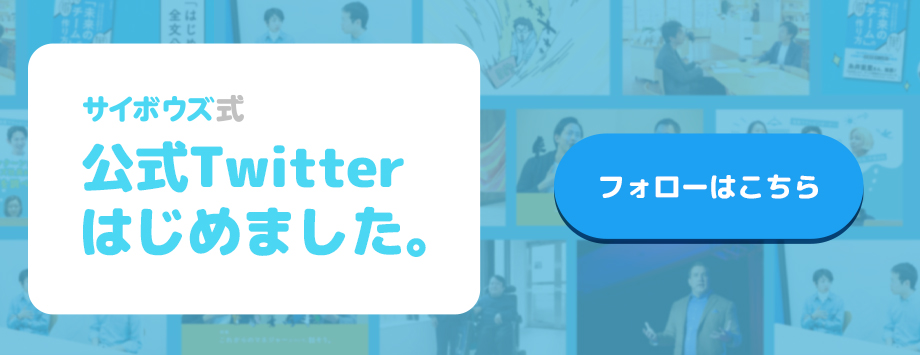What to Do When Every Email and Text Message Starts to Feel Personal?

A major consequence of the massive global shift toward remote work is that we have entered an era of things left unsaid. The means of communication we relied on to build workplace connections have dissipated, leaving us with poor alternatives.
In-person informal conversations now have to be scheduled on video conferencing software, which many find mentally draining. To avoid exhaustion, we turn more than ever to purely text-based communication: email, instant message, chat room, message board, and so on.
Unfortunately, of all the imperfect forms of communication, text is perhaps the most flawed. Many of us have experienced feeling attacked, neglected, or ignored in messages that our peers thought were harmless.
This phenomenon of reading negativity into a message without any, or amplifying the negativity of benign criticism, is known as negative intensification bias. To better understand what it is and how to counteract it, we spoke with Prof. Ted Zorn, Professor of Organisational Communication at Massey University. He explained the human psychology behind negative intensification bias, as well as what we can do to have healthier, more positive text-based interactions.
Humans are hard-wired for negativity


First, there are power dynamics involved. The way you interpret my answers to your questions in this interview is going to be very different from how you would interpret what your boss says during a job evaluation. In a workplace setting we are constantly asking ourselves questions based on broader context like, "What does this person think of me?" and "What are their intentions?"
The second thing is that text communication lacks a lot of the features of face-to-face communication. When speaking to someone we get immediate feedback based on their body language, facial cues, tone of voice, and so on. If I answer your question and you look at me quizzically, I know I need to provide additional information. That doesn't happen in text communication.
Finally, there is something called social presence. When I see you, whether in person or over video chat, I see a human face. I feel more connected to you. Over text that social presence is gone, which is why people are more prone to writing inflammatory messages on chats and emails, compared to when speaking face to face.




What we see in the modern world is that if your boss tells you 10 things they liked about this year's performance and one thing they didn't, it's the latter that we tend to focus on. That's negativity bias.
In the research we did on emails, we took this idea a step further and found that even when there is no danger—even when there is no objective feature of an email that is negative—people will often read in negativity. Also, when there is a minor negative element, people will amplify that element in their minds. We call this process negative intensification bias.

Ted Zorn is Professor of Organisational Communication at Massey University in New Zealand. He is former Dean of Massey Business School and former Deputy Vice-Chancellor at Massey University and has held various leadership roles at other universities. His teaching and research specialty is organizational communication, organizational change processes, and enhancing workplace well-being. He has published widely in communication and management journals and has consulted with a wide range of companies, government organisations and not-for-profit organisations. He is past editor of the academic journal Management Communication Quarterly. The research on which this interview is based may be found here.


What we found is that people often read in negativity when none would be obvious to an outside observer. However, context is also important. When we communicate, we are not just exchanging words in the present. There is a history of conversations we previously had, and if you mistreated me in the past, I'm going to have that in mind when reading your messages. Every message is interpreted in the context of a relationship and a workplace culture.
Beyond social niceties


That doesn't mean you should throw out writing etiquette altogether. There are important things to keep in mind. For example, avoid sarcasm and humor when discussing sensitive topics. Send messages only to the people who need to see them, rather than CCing everyone who might possibly be interested. Be careful not to embarrass people in front of others. Those are just good manners.
Another thing to keep in mind is that we see a lot of the bias coming from impersonal, often short messages from people higher up in the organization. Messages like, "I need this by tomorrow." There's nothing objectively negative with this message, but in text communication, it can feel dehumanizing.
Instead of short impersonal messages, one thing you can do is incorporate phrases acknowledging that you're writing to another human being. "I'm sorry to impose on you, I know you're very busy with project X, but..." These kinds of comments show that you respect the other person's time, which can help a lot with reducing negative bias.

[[balloon(left,ted)Yes. It's important to go beyond social niceties and treat the recipient of your message like an individual. If you're worried that even then your message may be misinterpreted, it might be better to schedule a phone or video call.
More important however is to build a positive relationship in the first place. Have social time on a regular basis with the people to whom you write a lot. Build up social credit, so that when there is ambiguity in your communication, they are more likely to give you the benefit of the doubt.
Don't rely on your ability to read others


Then, once again, it's important to build positive relationships. If you know someone on a personal level, you are less likely to interpret their messages as hostile.


Writing and typing a message are among the leanest media. We have very few means available to convey emotion. We don't get immediate feedback. It's very impersonal, and we have very few clues about the other person's emotions.
As a general rule, at the earliest sign of conflict, it's best to move the interaction onto a richer medium of communication.

Face to face is the richest medium of communication, which makes it the best for conflict resolution.


I can't speak too generally because obviously it depends on how severe the infraction is, but usually if someone communicates with you in a way that offends you, the best thing to do is start a conversation. In that conversation, don't assume that your interpretation of the rules for social etiquette are objectively correct. Go in with an open mind, and when talking about what you find appropriate, make sure to be as specific as possible in your examples.
If you start a conversation believing the other person is a terrible human being, you're not going to get very far. Instead, try to meet with them, maybe have a drink, and say, "I was taken aback by the way you talked to me about this." Chances are, once you hear their side, some of that negativity will dissipate.
Create opportunities for listening


Social presence is helpful, as we're more likely to see the other party as a reasonable person when we're in a rich medium of communication. The mediator's role is really to get people to listen to each other.


Generally though, it's better to have both parties there. Even though somebody threw the first stone, it's possible the other party escalated the conflict by intensifying the negativity.
An important thing to be aware of is the power dynamics. If you're in a position of power, you have to be especially careful of how you talk to people and how you mediate conflict.
I remember working in an environment where we had a German man interacting with several younger East Asian women. Germans tend to be very direct in their demands and their criticisms, which in East Asian cultures can be seen as rude and offensive. Since the German man was in a position of power, the situation ended up causing a lot of stress for the women on the receiving end of his messages.
In that situation, as a third-party observer, it was easier for me to see what was happening, understand the cultural dynamics, and intervene. I met with the man for drinks and we had a conversation about how his communication was being perceived. That's an example of a situation where just speaking to one party is, I think, the best way forward.
In other situations—for example if you're a manager and one employee upset another—it's better to start by asking questions. There may be context you're not aware of. Start by gathering information, not assuming who's at fault.
Start by acknowledging our humanity


Then, work consciously at building a positive communication climate in which people are given multiple chances to interact. Not forced interaction, but voluntary, flexible, positive interaction. For example, in teams where people communicate by text a lot, organize social activities like happy hours over Zoom. Participation should be optional, since the ultimate goal is to help people unwind and get to know each other at a more personal level.
Another idea is to have regular morning meetings for people to catch up on what's going on in the team. We did that with a team I used to work with and even though participation wasn't required, most people came, and even looked forward to it.
Find whatever works for you, but you have to have those positive connections. They're the only way to really reduce the occurrence of negative intensification bias in your organization.
Article by Alex Steullet. Edited by Ade Lee and Mina Samejima. Main visual by Ayami Takano. Photograph courtesy of Ted Zorn. Meeting stock photograph from Pixabay.
SNSシェア


